Competition! There is no necessary correlation between play and competition, between challenging activities and “Opposition” – play which requires participating opponents to defeat “at play.” Play doesn’t necessarily mean having to defeat a rival. And yet, when I went out to play ball as a youngster, I went out to score more than my opponents. No denying that there were opponents. When I defeated my opponents in the sports I played as a youngster I got to continue to play. For one thing, my team stayed on at the court longer. The team that got defeated sat down. So you want to defeat others.
And winning didn’t mean self-improvement necessarily. Getting better was incidental to defeating others. You didn’t play alongside others; you played against others. Teammates cooperated to defeat others, not for the sake of cooperation as a goal worthy of attainment in and of itself.
It is not difficult to remain unconscious of discrimination and exclusion as issues that all of us should have been conscious of as participants in sports and as members of the community. Children and kids who were not athletes simply didn’t play. The competition was too tough and the non-athletes, including children with different abilities, were invariably marginalized. They watched. We played. The differences between recreational sports and competitive sports were not then recognized. We were there to compete not to recreate. Our sense of empathy, or the lack thereof, was never brought to our attention. We never considered reaching out to children with different abilities to include them in our competition.
No competition on the playground
A playground is an area where competition is not the essence. Children don’t show up to defeat others at play on the playground. Passing strange it is to note that in our society, once children outgrow the playground they are ushered into the defeat-others, opponent based, contact and collision playfields of heavy duty competition. We do not offer many self-competitive or noncompetitive intermediate transition options or opportunities. No cooperative ball-play is provided - bowling and golf the awkward exceptions and entirely inappropriate in neighborhood parks, schools, and playgrounds.
The benefits of competition are now being seen as highly overrated and seriously questionable as well. A number of significant thinkers including Emily Bazelon, Barbara Coloroso, and Alfie Kohn have helped trace the downside of competition. Healthy competition is an oxymoron. Rather, competition as a concept can be detrimental when seen from the perspective of the harm to members of Western society. Aggressive sports like football, soccer, baseball, and tennis at which defeating rivals is at the core of the play can lead to dehumanization, bullying, gender discrimination, age and disability segregation. Teaching cooperation rather than competition is the better idea.
Now with the introduction of Playcourts, designed for youngsters who have outgrown the playground, there exist recreational facilities providing ball-playing sports designed for non-opponent, self-competitive participation. No offense; no defense. And speed, strength, stature, and gender are irrelevant because one doesn’t play an opponent. Participants take on the challenge of the course.
In that way, people with disabilities, with mobility impairment, sensory processing disorder or positioned on the autism spectrum are provided with self-competitive socialization and integration. Participants improve their sports skills for themselves without having to defeat others. We need more of these play courts and games providing play in which participants interact companionably, not competitively. Think of a swimming pool and bowling, golf, and bankshot. Everyone can thrive at independent, individual, sports playing alongside others, not against others. And the integration and socialization achieved are enormously beneficial.
The win-win cliché made real
Now that I’m in my 80s I am blessed with many memories of unforgettable scenes of inclusion and integration on the Bankshot courts that I have visited over the years. In this context one particularly stands out. My favorite photograph shows an African-American boy of about 10 and a Caucasian girl of about 17 who happen to cross paths playing on the Bankshot court quite by accident.
The young lad caught up with the young woman at one of the more difficult stations and the photograph shows the young lad pointing to where on the backboard must the ball strike according to the required physics so that the difficult shot might have a chance.
Because they landed on the same rather difficult station together, they began to rebound the ball for each other and, alternating, tried several times to meet the challenge and make the shot which they finally did with smiles and fist raising gestures of pride. They congratulated each other and then decided that they would start the game again and play a round together, strangers no longer. I drifted close enough to them to hear them talking about school and likely other subjects as well.
Even if they hadn’t improved their scores the second time around, the participants were winners on every level of socialization, integration, and inclusion. Collaboration made both of the participants winners, and yes they did improve their scores the second time around. I enjoyed watching for the while, as their play alongside one another in concert, supporting one another, giving each other a helping hand in friendship, not as rivals or opponents, made both of them winners regardless of their final scores.


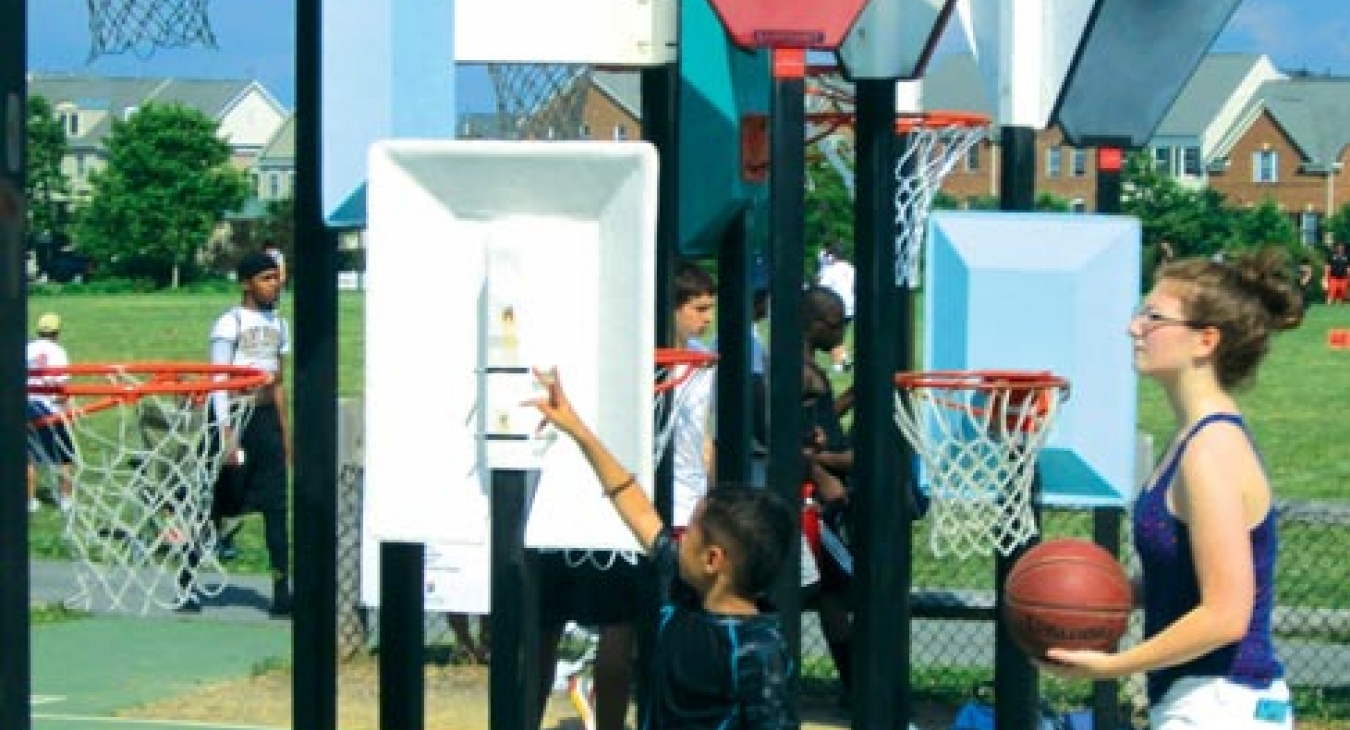
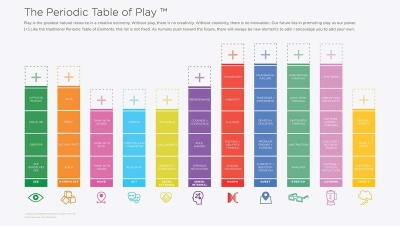
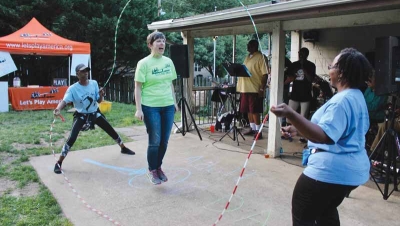
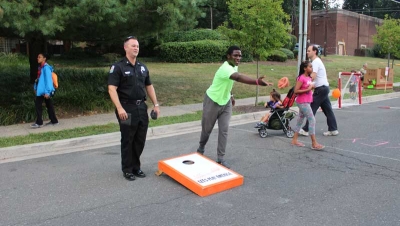


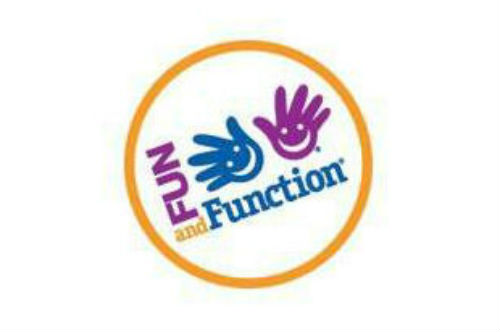





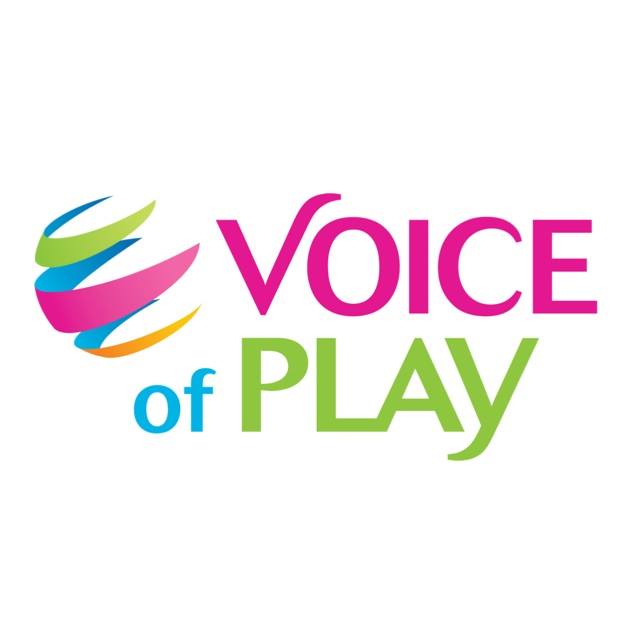



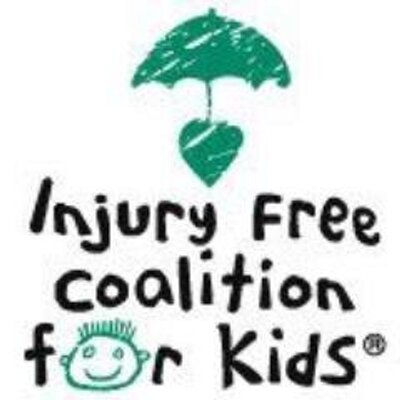
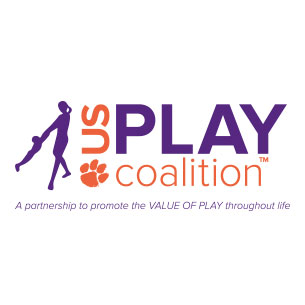
Add new comment